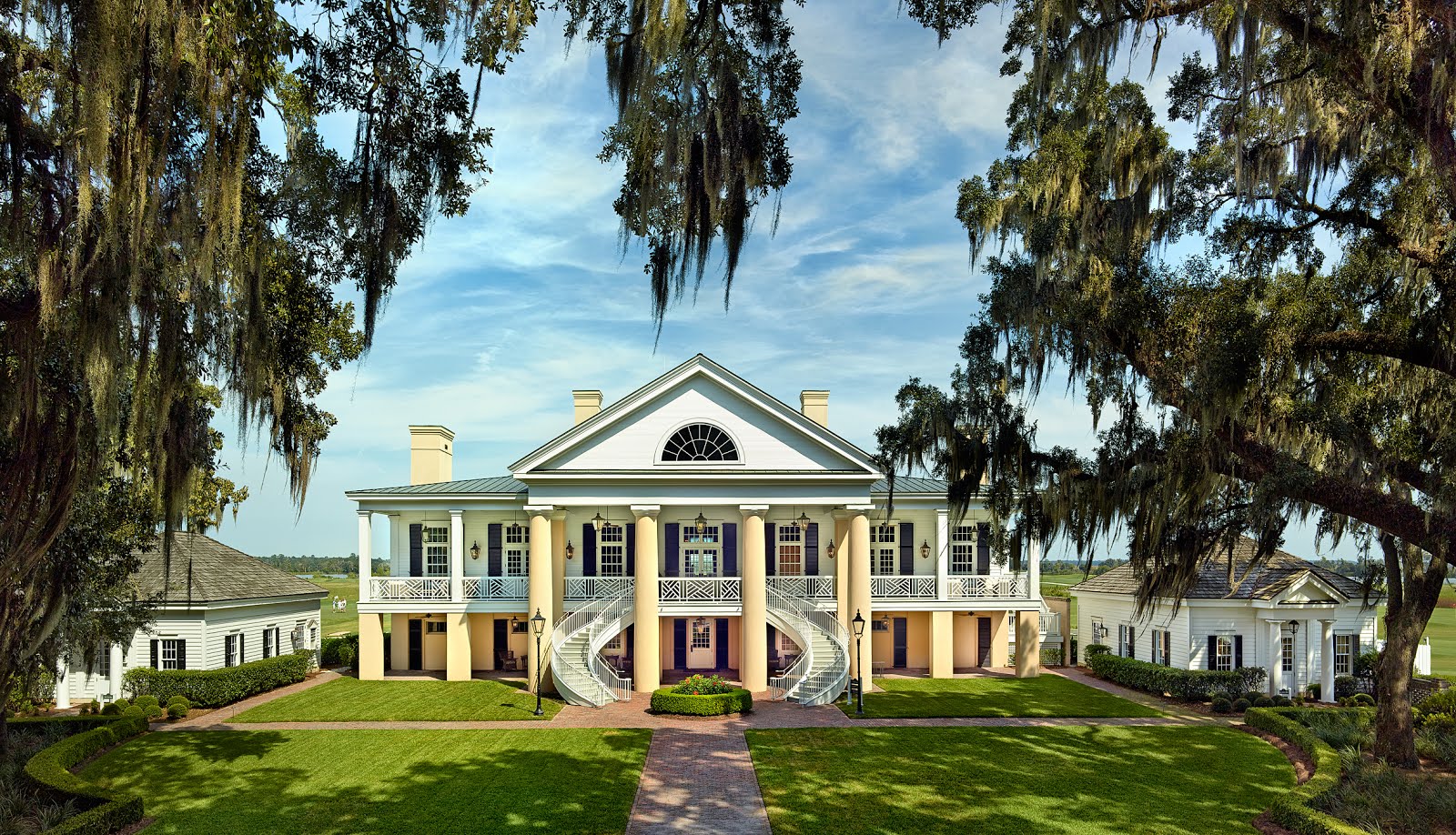
SCALPING THE BASE GRASS
USING THE GRADEN TO BREAK THROUGH THE MAT LAYER
SCALPING BASE GRASS BEHIND THE GRADEN FOR THE SECOND TIME
USING THE SUPER VAC 500 TO VACUUM THE CLIPPINGS AND DEBRIS
CLIPPING PILES FROM #18 FAIRWAY
SCUFFED UP BERMUDAGRASS AWAITING TO BE SCALPED
THE STAFF DROPPING SEED
A LARGE DRAG MAT USED TO ACHIEVE SEED TO SOIL CONTACT
SEED GERMINATION
SEED GERMINATION
THE STAFF HAND WATERING POORLY GERMINATED AREAS IN THE FAIRWAYS TO ACHIEVE RYEGRASS UNIFORMITY
THE STAFF HAND WATERING 18 FAIRWAY
THE FIRST MOWING AT 10 FAIRWAY
A SHOT FROM 3 GREEN LOOKING AT THE ESTABLISHED RYEGRASS PLAYING SURFACE A MONTH AFTER THE FIRST MOWING
#5 GOLF HOLE DEMONSTRATING A SPLIT MOWING PATTERN IN THE FAIRWAY A MONTH AFTER THE FIRST MOWING
A LOOK AT THE ESTABLISHED RYEGRASS AT #9 FAIRWAY WITH CHERRY HILL HOUSE




























